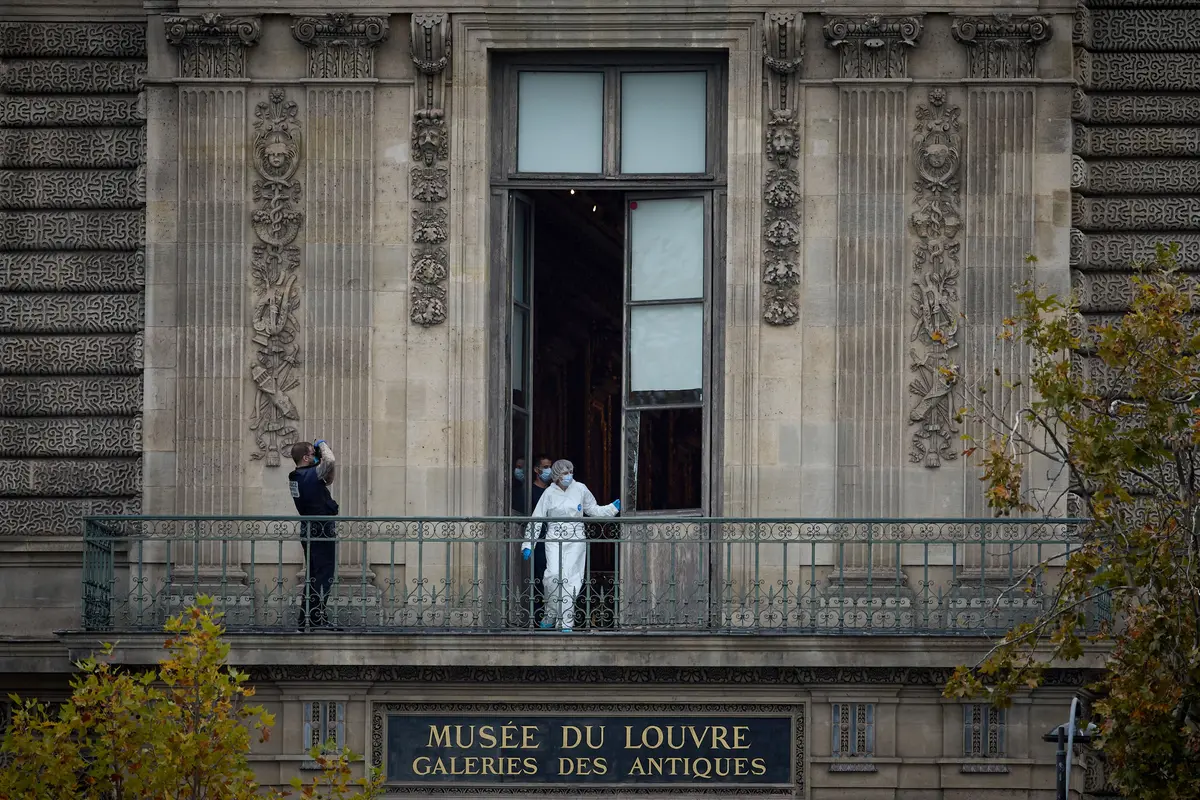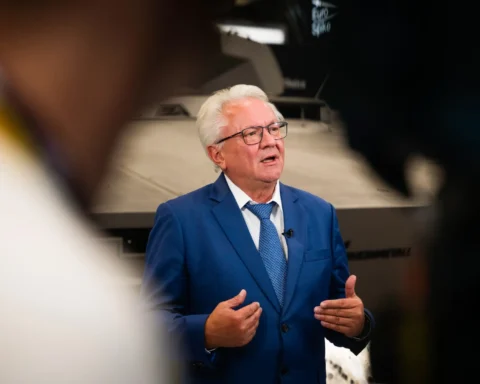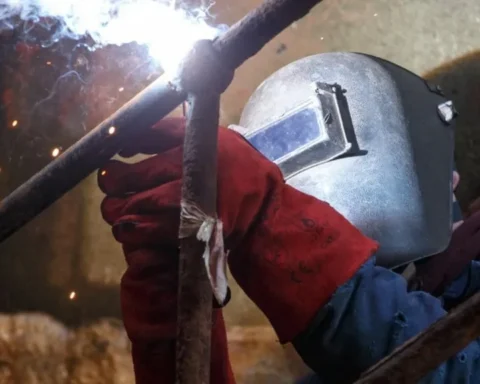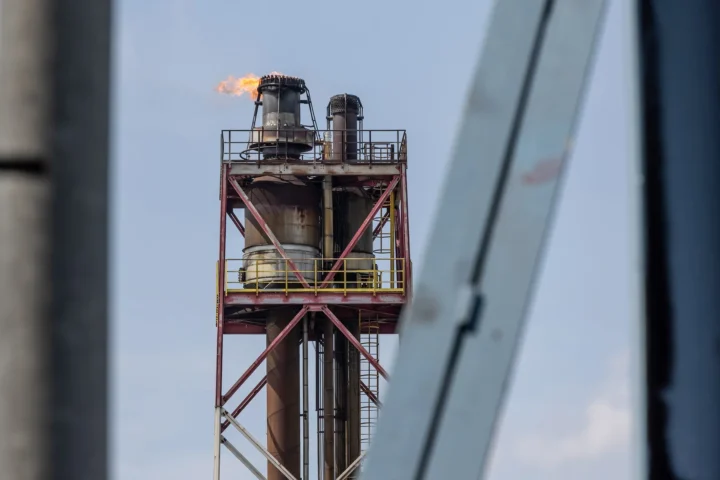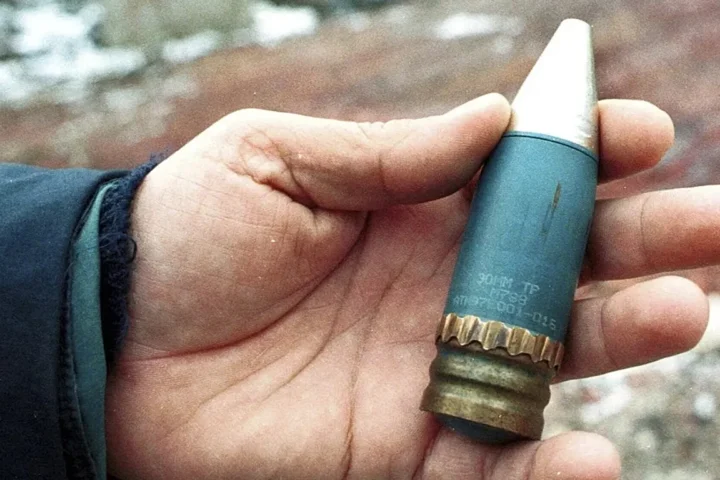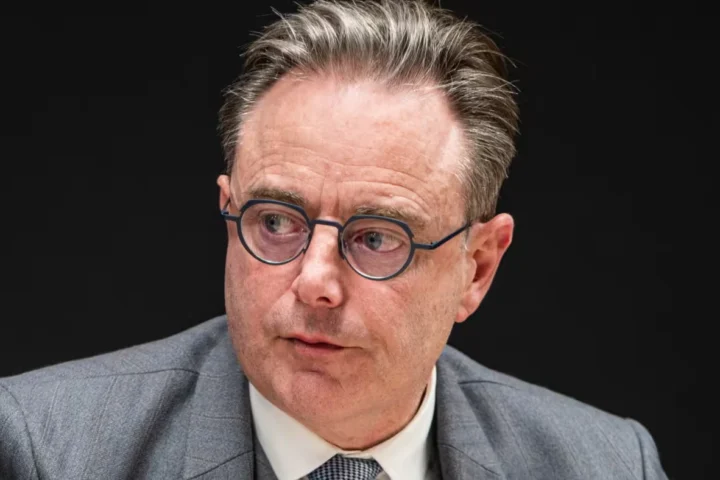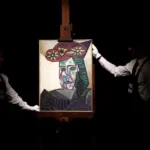Seven minutes that shocked Paris. That’s all it took for thieves to steal part of France’s royal jewels from one of the world’s most famous museums — the Louvre. This audacious theft was not only a blow to the museum’s reputation but also exposed the alarming technological gap in its security system. According to experts, the heist could have been prevented — if the Louvre had used modern surveillance systems powered by artificial intelligence.
A robbery straight out of a Hollywood film
The break-in that took place on Sunday morning resembled the plot of a crime thriller. Yet, if such a scene had appeared on screen, audiences might have dismissed it as too unrealistic.
Around 9:30 a.m., the thieves drove a cargo lift to the museum’s façade, cut through a window with a power tool, broke open two display cases in the Apollo Gallery, and escaped the same way they came. Their loot: eight exhibits — pieces from France’s royal regalia collection. The entire operation took no more than seven minutes — inside one of the most closely guarded museums in the world.
“Unbelievable”: An expert on fatal mistakes
Italian cultural heritage protection expert Carlo Hruby, head of an electronic surveillance company and a family foundation dedicated to safeguarding historic sites, admitted he was “deeply surprised” by what happened.
“Everything indicates that adequate systems were missing,” Hruby said. Although he doesn’t have access to all the investigation details, he believes such a swift operation could only have been possible due to serious organizational and technical failures. The main shortcoming, he emphasized, was the lack of a modern video surveillance system integrated with artificial intelligence.
When cameras become smarter than guards
According to Hruby, the days when security personnel spent hours watching dozens of screens are over. The old model of using video footage solely for after-the-fact reconstruction is now obsolete.
Modern technology enables proactive monitoring powered by AI, capable of analyzing situations in real time and flagging potential threats before they escalate.
“In an ideal setup, the monitors remain off until the AI detects something unusual,” Hruby explained. “For instance, if a construction lift approached the museum’s façade, the system would immediately raise an alarm.”
Such tools can detect not only unauthorized entries but also more subtle indicators — objects moving at unusual heights, sudden crowd panic, or abrupt shifts in human movement. This allows security teams to react within seconds and prevent disaster.
Artificial intelligence could have spotted the preparation
Modern systems can also identify suspicious patterns of behavior — so-called loitering. Hruby is convinced the thieves must have studied the gallery and security routes in advance.
“If the Louvre had AI-based systems, they would likely have flagged repeated movements of the same individuals around the display cases in the weeks leading up to the theft,” he said.
Too easy: the window, the showcases, and the guards’ inaction
Hruby also questions the museum’s physical security measures. The showcases were placed too close to the window, and the glass appeared too weak. “Breaking a museum showcase should take at least half an hour, not a few minutes,” he noted. “That time buffer is essential for guards to intervene.”
It later emerged that alarms had indeed gone off — yet the five guards on duty did not intervene, following internal protocol that prioritizes visitor safety over the protection of exhibits.
Disguised as construction workers
After the incident, two main theories began circulating in the media. The first: the thieves exploited ongoing renovation work on the building’s façade. Wearing yellow safety vests and placing traffic cones, they approached the museum in disguise as construction workers.
However, Hruby insists this cannot serve as an excuse — quite the opposite. “If a museum becomes a construction site, the security system must adapt accordingly. It’s like a tailored suit: if you gain weight, you have to adjust it,” he said.
The problem isn’t people — it’s technology
The second theory points to staff shortages. Louvre employees had recently complained about being overworked due to overtourism. Yet Hruby doesn’t see this as a sufficient explanation.
“Technology doesn’t replace people — it helps them work more effectively,” he stressed. Even if a museum seeks to cut payroll expenses, the cost of modern surveillance systems is negligible compared to the losses caused by a single theft of this magnitude.
Paris reacts: a belated wake-up call
Following the shocking incident, the French government finally turned its attention to the issue of cultural security. Interior Minister Laurent Nuñez ordered police across the country to review and, if necessary, strengthen security measures around museums and heritage sites.
Culture Minister Rachida Dati announced an administrative investigation. “For far too long, the security of cultural institutions has been neglected,” she said. “Everyone focused on public safety — but not on the safety of artworks. This gap must be urgently closed.”
Hope for awareness and change
Carlo Hruby hopes the Louvre theft will mark a turning point. “Incidents like this should serve as a wake-up call for museums worldwide to understand the value of modern technologies,” he said.
According to Hruby, many administrators simply don’t realize how advanced today’s monitoring systems have become. Artificial intelligence can not only detect crimes but also prevent them — if it’s given the opportunity to do so.
This article was prepared based on materials published by Neue Zürcher Zeitung. The author does not claim authorship of the original text but presents their interpretation of the content for informational purposes.
The original article can be found at the following link: Neue Zürcher Zeitung.
All rights to the original text belong to Neue Zürcher Zeitung.


